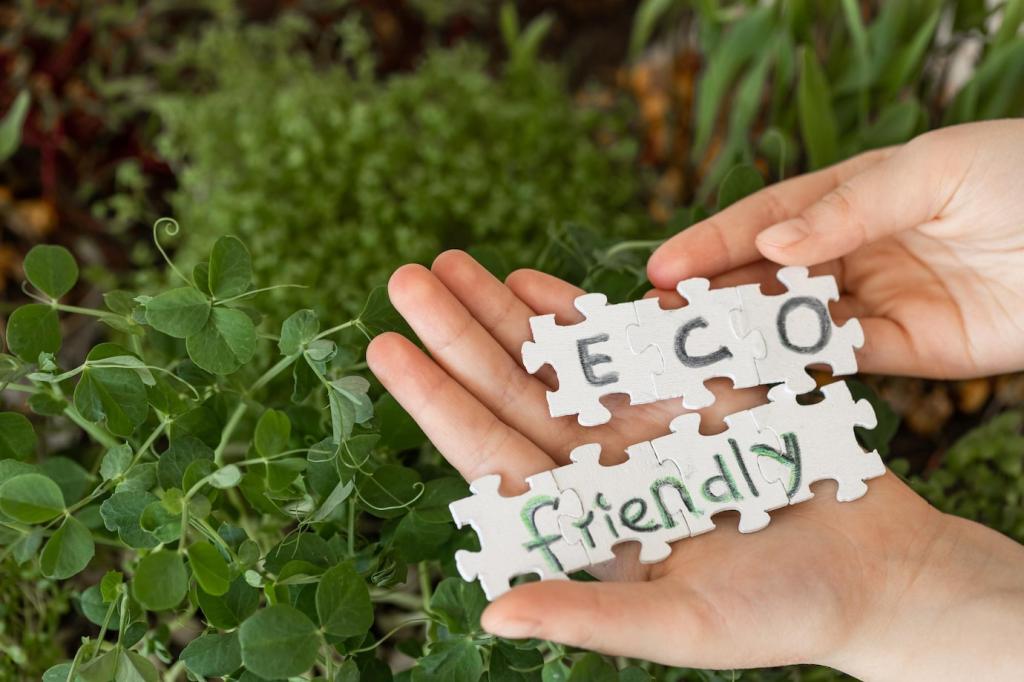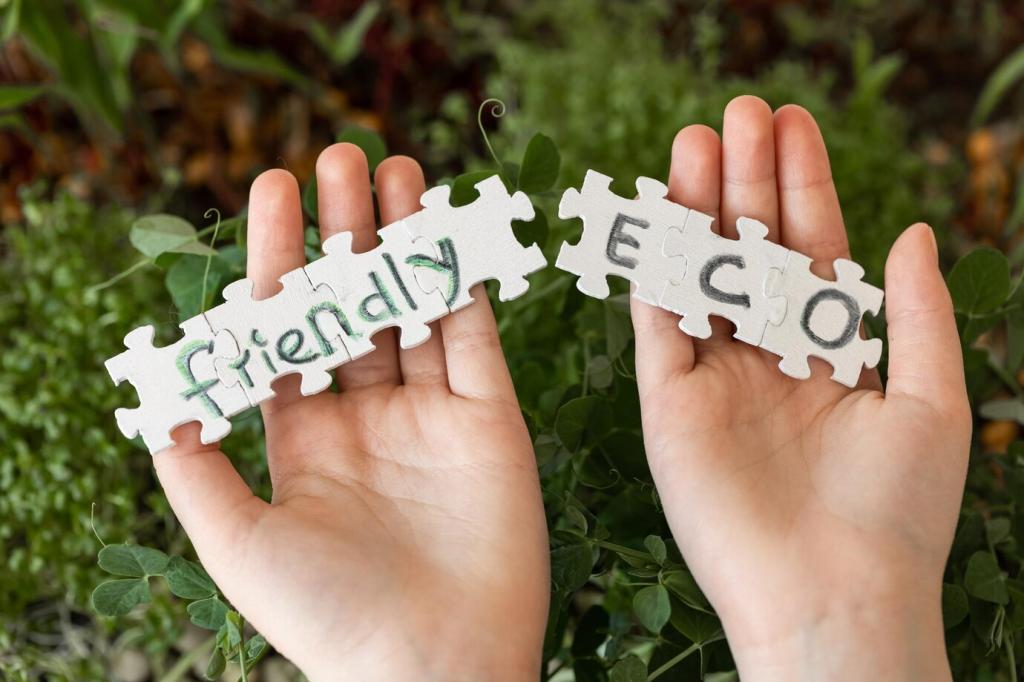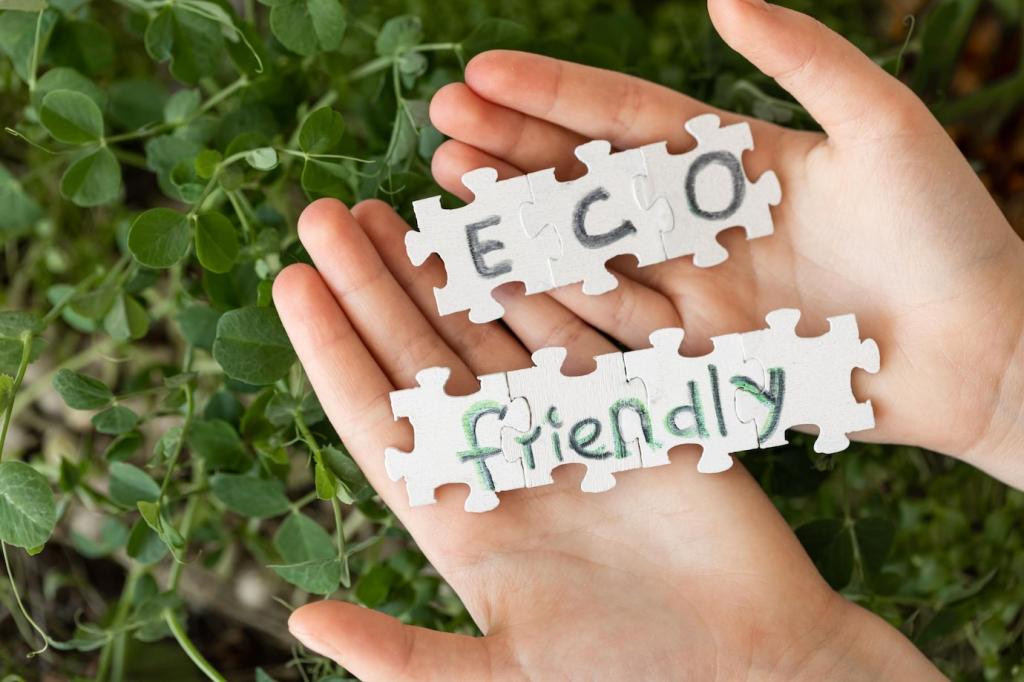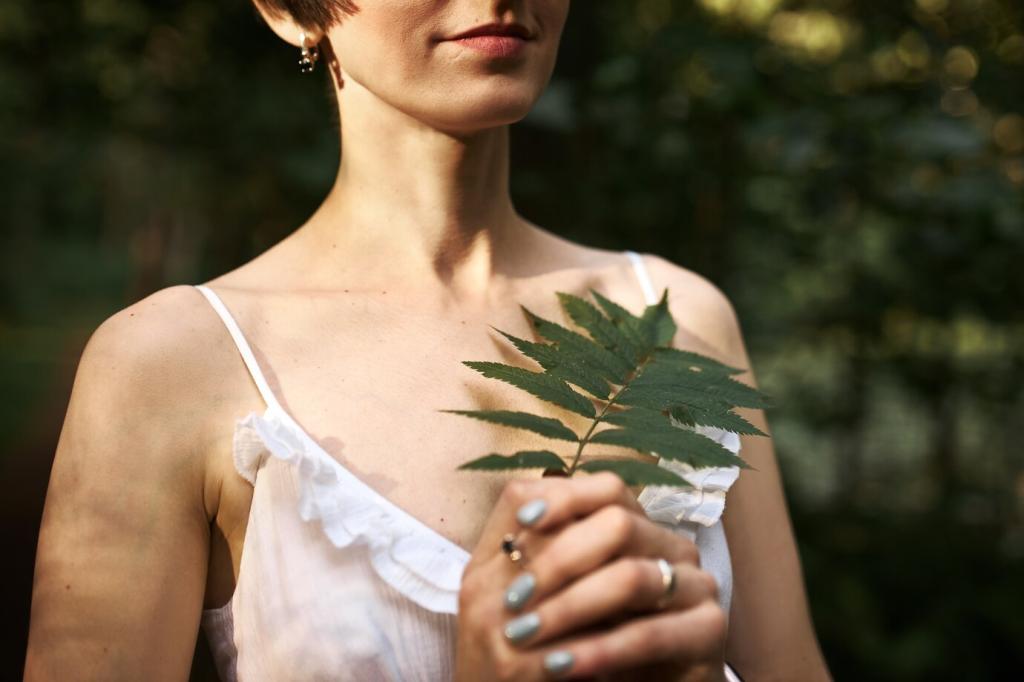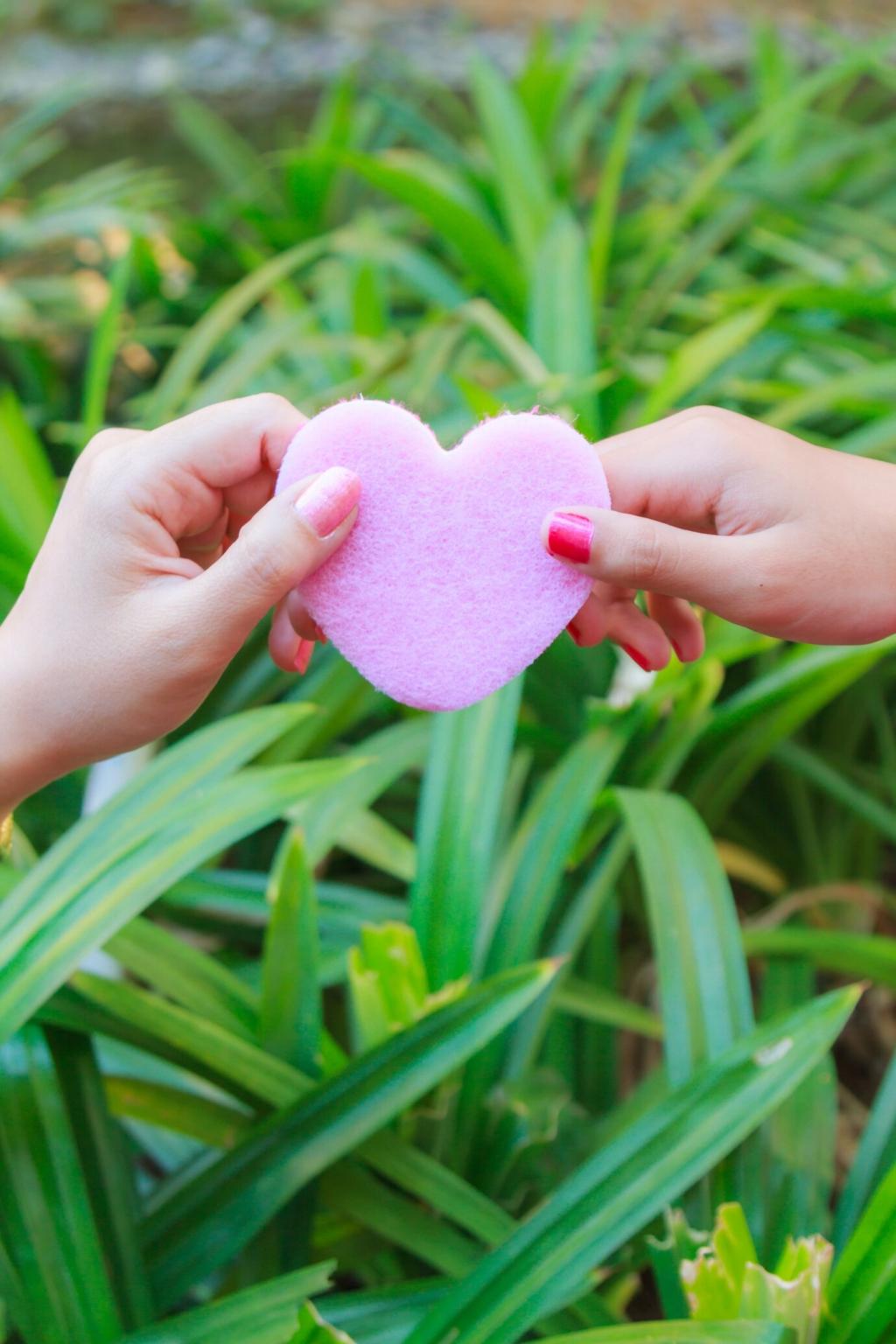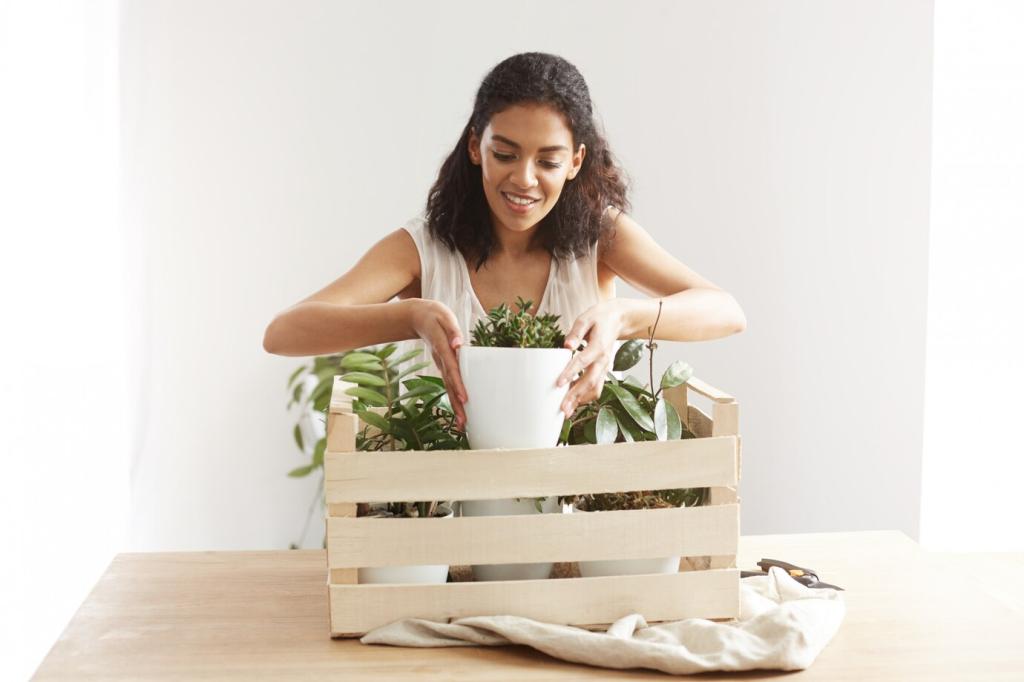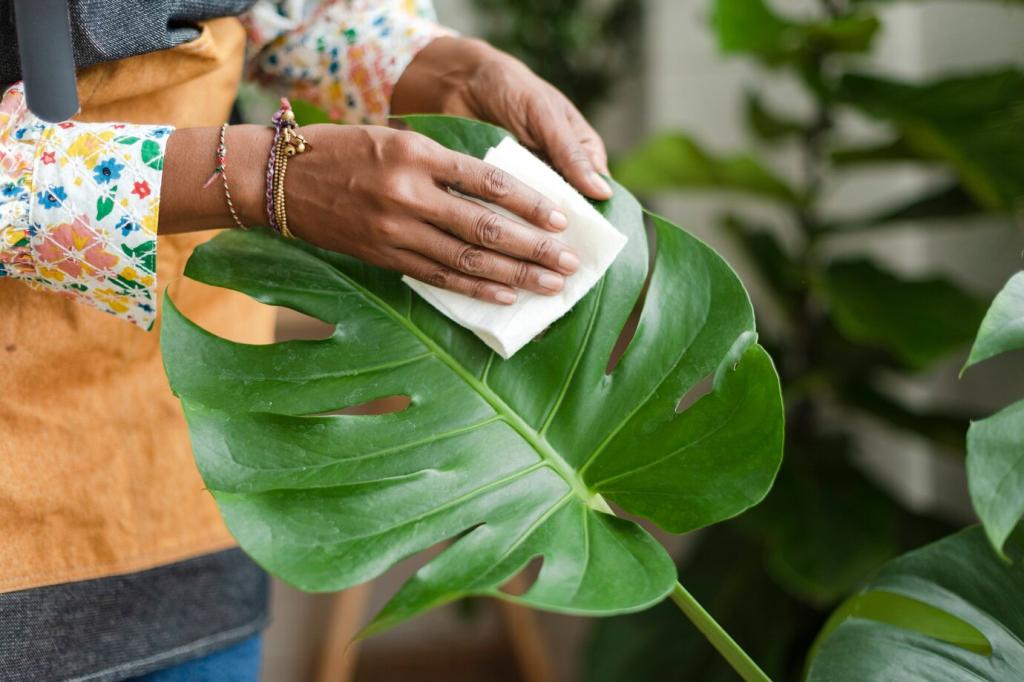Preparation Essentials for Water-Based Success
Check wood moisture before finishing; excessive moisture can trap water vapor and cause adhesion problems. Acclimate pieces to the room where they’ll live, then finish. Tell us how you stabilize humidity in your workspace to reduce surprises and keep surfaces consistently glassy.
Preparation Essentials for Water-Based Success
Water raises grain. Pre-raise with a damp cloth, let dry, then sand lightly with a fine grit. This quick step prevents roughness after the first coat and sets the stage for that velvety, hand-rubbed feel you’ll want to run your fingers across every morning.

